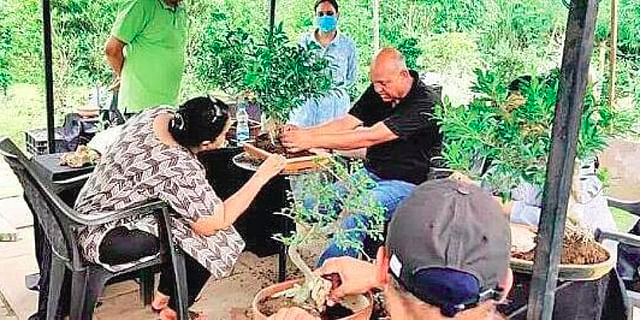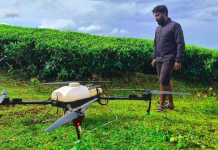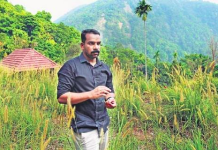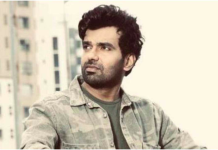An art that is believed to have originated in 7th Century China, growing miniature plants in pots was once seen as a status symbol among the elite. It was not until the 10th Century, after China established diplomatic ties with Japan, that this gardening technique was introduced to the Japanese populace. Now recognised as bonsai (the Japanese term literally translates to ‘planted in a container’), it has travelled across the globe. In fact, these creations are often viewed as symbols of patience, balance, and even luck for many.
A captivating art
Vaishali-resident Saumik Das found joy in the art of bonsai at a young age. “When I was in school, I would regularly visit flower shows. The bonsai looked exactly like trees, but these were in pots. This fascinated me a lot. So I tried learning more about the techniques and steps to create it on my own,” shares Das, who has received accolades at various flower shows.
Though his farm Grow Green Bonsai at Sector 128, Noida was established as a hobby, it has now evolved into a nursery and learning centre for bonsai artists. A number of bonsai enthusiasts from Delhi-NCR join Das—the Delhi Tourism organises an annual solo show to recognise his work—here to learn the technique of miniaturising plants. The artist, an Ambassador for South Asian Bonsai Federation who represents India in bonsai art, also conducts three bonsai art classes at the Noida Horticulture Society as well as other horticulture clubs in different cities.
A fruitful endeavour
“There are different techniques to grow a bonsai. By pruning and wiring, you can give them the shape you want. It is a never-ending art, a living beauty that grows and changes every day. It is a slow process but it develops patience, and the end result is beautiful,” says Das.
Through his years of understanding trees and techniques, he has also introduced the art of Penjing (potted scenery and landscapes in Chinese) to India. “The weather in Delhi is not suited for many plants. So, according to that, I have to be careful about selecting the species I work with to make sure they survive,” mentions Das.
Although he has taken online classes (he plans to conduct a workshop sometime during mid-December), Das says that to create bonsai, the participants need to have a practical knowledge of the plants. Talking about the importance of this art, he concludes, “I believe everyone should adopt this practice. Bonsai is not just a beautiful installation for home, but as trees they also provide oxygen.”















